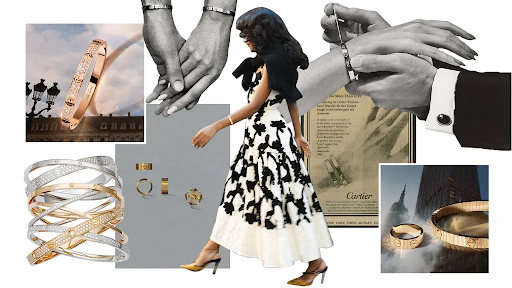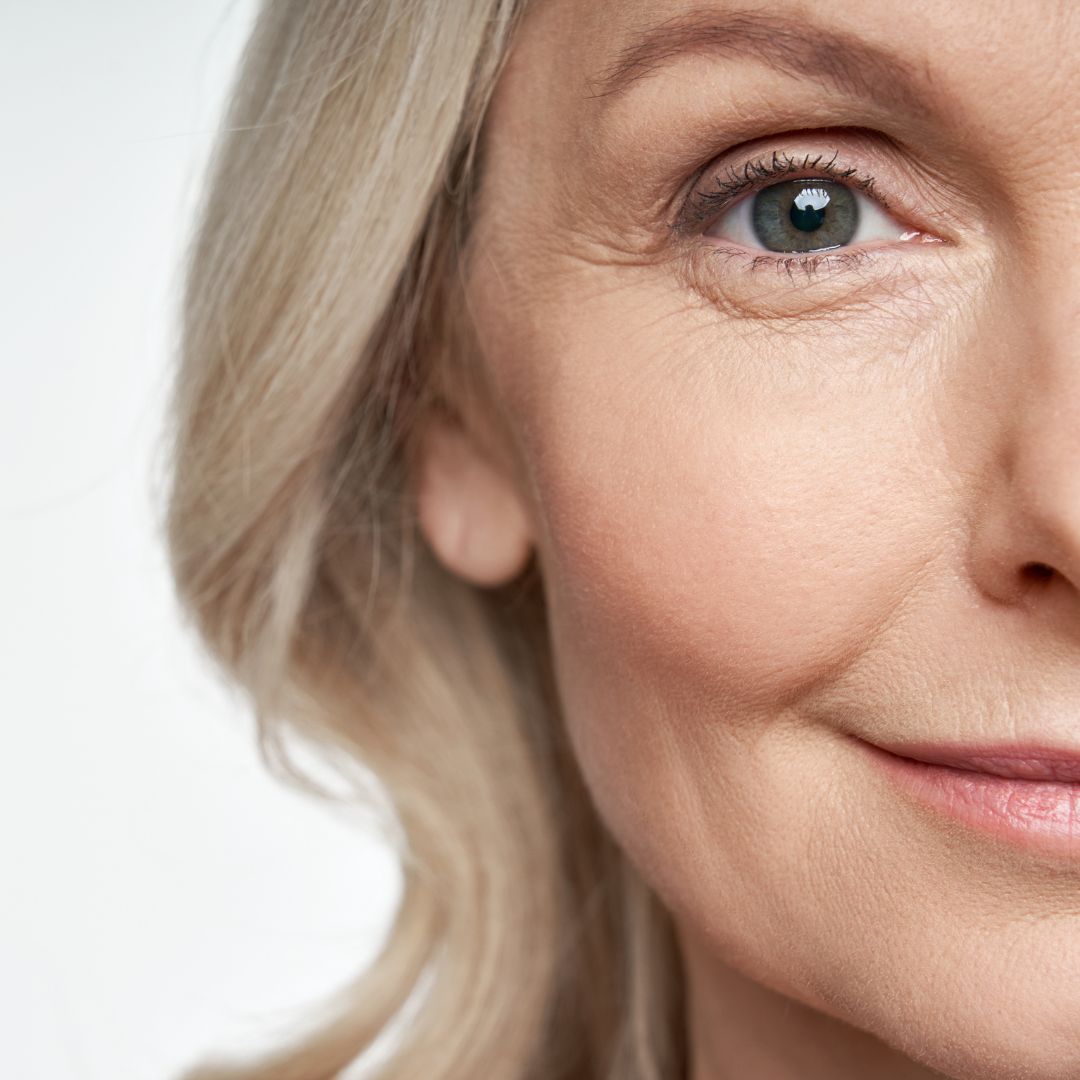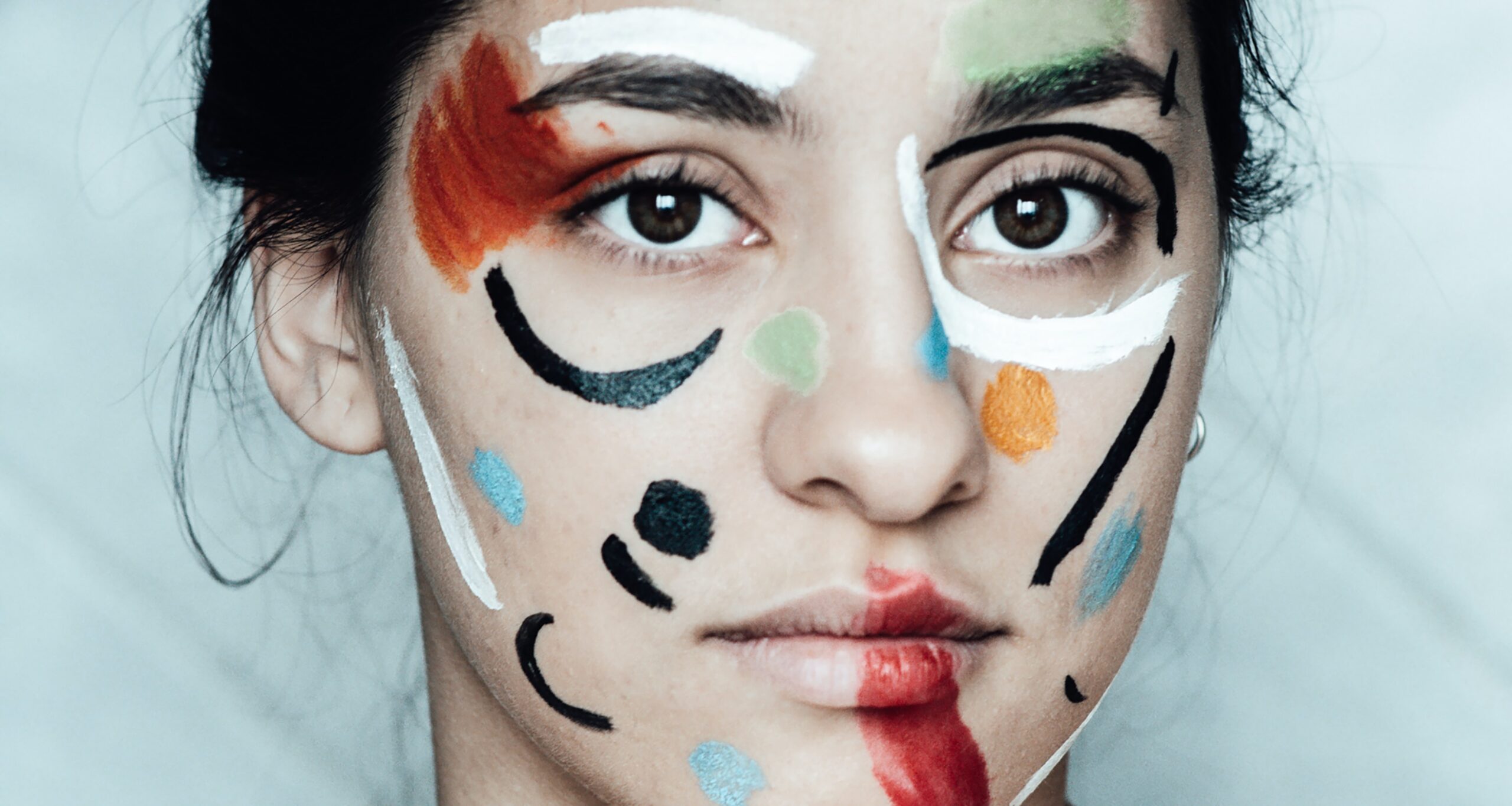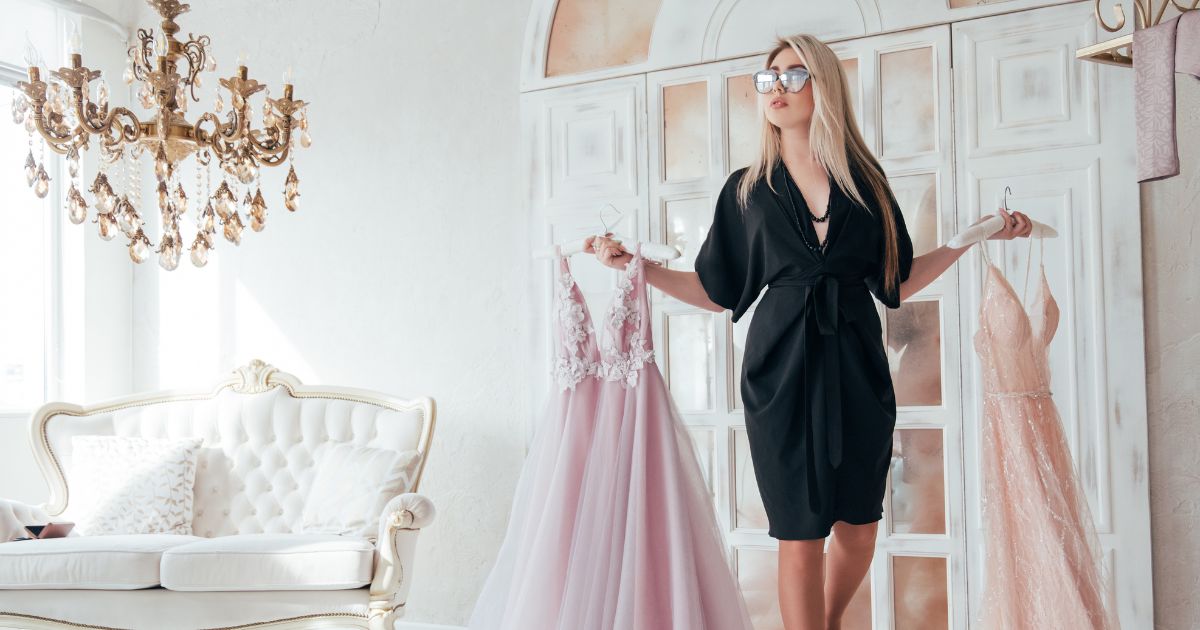Even if there is a continuous salary disparity between men and women generally, there is at least one field where it is opposite, i.e, modelling. The gender wage gap has received a lot of attention, yet one sector of the economy openly discriminates against males, and that sector is fashion. The gender pay gap in the fashion industry is a rare instance of an exception to the norm. Most fashion designers focus on womenswear. As a result, there is far greater demand for female models than for male ones. Female models are more prevalent than male models, even in ad shots and fashion shows. Thus, there isn’t much of a comparison. Therefore, female models typically earn two to three times as much as male models do.
Male models might earn up to 75% less than female models, claims the industry insider. Gisele Bündchen, the highest-paid female model in the world, is a good example. Forbes reports that the Brazilian beauty earned £34 million last year. In contrast, according to the most recent information gathered about the earnings of male models in 2013, Sean O’Pry earned £1.15 million. According to data from Forbes gathered over the last few years, female models earn millions more than their male counterparts, particularly when looking at the top 10 earners of each gender. The top 10 women models all earn millions of dollars. According to her, only the top three male models earn more than $1 million.
When it comes to compensation, there is unquestionably an imbalance. Girls often get more money since there are more options for female models to work, whether it be in photo shoots or fashion weeks. There is just one male designer for every 20 female designers.There are several causes for the gap. One reason is that historically the menswear sector has gotten less financial support than the womenswear industry. The need for female models is always greater than the need for male models, and this is where the wage disparity originates. Menswear designers are also quite rare. Thus, there is likewise much less demand. Supply and demand make the most impact in the pay disparity. There will be a desire for more ladies since there is a lot more fashion available for them than there is for males. There aren’t many women in the world who meet the position’s extremely strict physical requirements. When demand for their services exceeds supply, companies might raise their prices.
Amit Ranjan, a model for the past 11 years, claims that the fashion business is dominated by women. Only four to five male models and sixteen to seventeen female models will appear in each successful fashion week presentation. The lack of demand and the plenty of supply are the problems. Many males enter the profession each month in the goal of becoming top models. But in practice, there isn’t a lot of employment for male models. Male models are frequently compelled to reduce their show rates because of the intense competition in the industry. There are some models who will even do it for free,” he explains. According to Ranjan, designer womenswear still dominates the Indian market, whereas designer menswear is a niche segment. Designers are therefore more eager to present collections for women. As a result, female models appear in more shows than male models do.According to industry insiders, a rising female model often earns between Rs 10,000 and Rs 15,000 every performance, while a rising male model earns between Rs 6,000 and Rs 8,000. In a similar vein, a seasoned female model often earns between Rs 45,000 and Rs 50,000 every show, whereas a seasoned male model seldom earns more than Rs 30,000 per presentation. (1)
The majority of male models say that the designers, who “always negotiate” with male models, are to blame for this gap. “Models often select how much they should be paid, however reductions are frequently requested. They are informed that “budget limits” exist. There are constantly more possibilities accessible for designers. Thus, the majority of models accept the offers made.But things are altering. Men’s fashion is in more demand these days, which means that glamorous parties may be attended with more money. According to a recent Fortune article, from 2010 to 2015, online sales of men’s clothing increased by 17.4% yearly. According to Euromonitor, demand for menswear is also growing faster than that for women’s clothes by 0.2 percent. According to Quartz, the menswear business was worth $440 billion globally and over $60 billion in the United States alone as of last year.
The future may be bright for male models. The concept of the celebrity male model is starting to gain traction because to the development of social media savvy celebrities like David Gandy, Jason Morgan, and Lucky Blue Smith. When you combine this with the rapidly expanding men’s grooming market, which is expected to grow steadily over the next three years, and the recent emergence of separate men’s fashion weeks in the major cities of New York, Milan, Paris, and London, it seems safe to assume that male models will soon have more influence and earn more money.Even while discrimination against males is unethical, it’s crucial to keep in mind that this is uncommon in the larger context of the gender balance in the global labour market. But that does not imply that a woman’s career in modelling is simpler than a man’s. In reality, the business expects women to start their careers at a fairly young age (about 14, with a peak at 18), and to stay young.
Male models have lengthier career paths than their female counterparts since maintaining a young appearance is less of a priority for them. Male models who are mature and even older still have a lot of career potential.Regardless of the business, however, compensating employees differently based on their gender is a serious and unjust practice that must be stopped.
Resources-
- Ruchika Kher, (Oct 05,2016) Hindustan Times. https://www.hindustantimes.com/fashion-and-trends/the-fashion-industry-is-unfair-to-men-why-are-male-models-paid-less/story-V2ndi7LZiygwWhfHXjj70H.html
- Benjamin Snyder ( July 15, 2015); Fortune.
https://fortune.com/2015/07/15/male-models-pay/
- Srishti Dasgupta (Oct 23, 2018) Times of India. https://timesofindia.indiatimes.com/city/kolkata/why-women-get-paid-more-in-the-fashion-industry/articleshow/66331731.cms

















